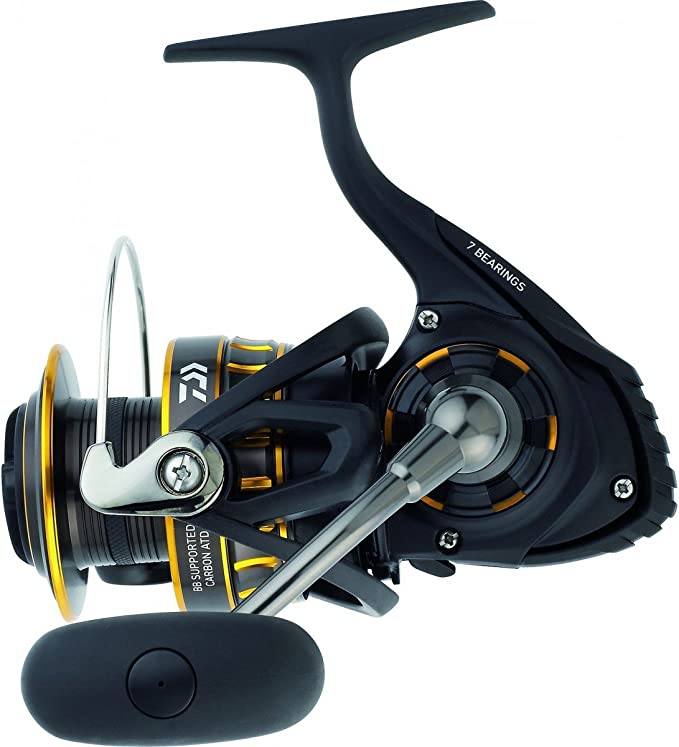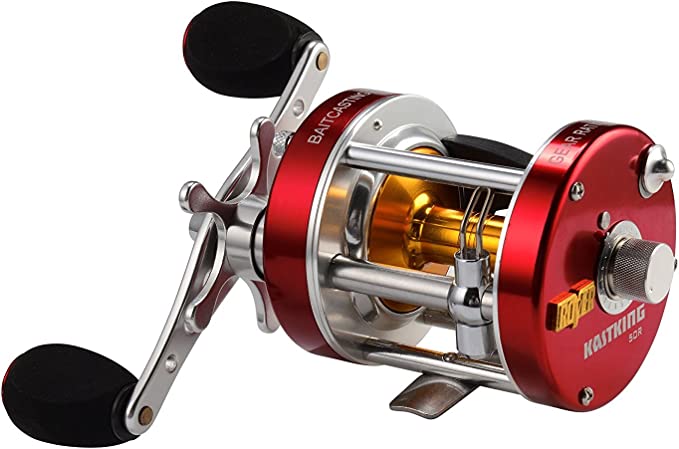The Truth About 15 Bars: A Physicist's Guide to Your First Espresso Machine
Update on Oct. 9, 2025, 6:33 p.m.
There’s a universal moment of dissonance in every new home barista’s journey. It’s the gap between the dream sold on the box—a rich, syrupy espresso cascading into a cup, crowned with a thick, hazelnut-hued crema—and the frustrating reality that often emerges from the spout: a fast, watery, and disappointingly sour liquid. You bought the machine, the one that proudly advertised “15 Bars of Professional Pressure,” yet the results feel anything but professional. The temptation is to blame the beans, the grinder, or even yourself. But what if the key isn’t about working harder, but about understanding better? What if, instead of just looking at your machine, we could look through it?
Let’s use a typical entry-level appliance, like the retro-styled Neretva PE3690U, as our transparent case study. By dissecting its core components, we can uncover the fundamental science and engineering compromises that define not just one machine, but an entire category. This isn’t a review; it’s a physics lesson. And by the end, you won’t just be a consumer; you’ll be an informed operator.

The Pressure Myth: Deconstructing the “15-Bar” Promise
The journey to great espresso begins with tackling the most prominent and misunderstood number in the coffee world: 15 bars. This figure is the headline feature of nearly every affordable espresso machine, presented as a raw measure of power and quality. The logic seems simple: more pressure equals better coffee. This is the first, and most critical, myth we need to dismantle.
The universally accepted “golden rule” for espresso extraction is that the ideal pressure applied directly to the puck of ground coffee should be approximately 9 bars (roughly 130 PSI). It is at this specific, balanced pressure that water is forced through the coffee grounds at the right velocity to optimally extract the desirable flavor compounds—sugars, oils, and acids—while leaving the bitter, astringent compounds behind. This pressure is also what emulsifies the coffee’s oils with CO₂, creating that signature crema. So, if the target is 9 bars, why are manufacturers selling you a 15-bar pump?
The answer lies in the type of pump used: a small, cost-effective device called a vibratory pump. It works by using an electromagnet to rapidly oscillate a piston, pushing small, discrete packets of water forward. Its pressure delivery is not a smooth, constant push but a high-frequency series of pulses. The “15-bar” rating refers to the maximum static pressure (or “stall pressure”) this pump can generate against a total blockage—a situation that never occurs during a real coffee extraction.
The crucial takeaway is this: the pump offers up to 15 bars of potential pressure, but the actual pressure during brewing is a dynamic interplay between the pump’s force and the resistance created by your coffee puck. The true governor of pressure isn’t the machine’s specification sheet; it’s you. The fineness of your grind, the amount of coffee you use (your dose), and the firmness of your tamp collectively create a barrier. It is this resistance that allows the pump’s pressure to build to that coveted 9-bar sweet spot.
Think of your machine’s pressure gauge, if it has one, not as a scorecard for the machine’s performance, but as a feedback dashboard for your technique. If the needle struggles to climb, it’s not a machine fault; it’s a clear signal from the system that you need to grind your coffee finer, increase your dose, or tamp with more pressure to create more resistance. The 15-bar number isn’t a lie, but it is a marketing metric that cleverly distracts from the truth: in the world of espresso, the barista, not the pump, is the one who truly creates the pressure that matters.
The Temperature Temperament: Taming the Thermoblock
Mastering pressure is half the battle. But espresso is a delicate dance of pressure and temperature. An ideal extraction requires water to be at a stable temperature, typically between 90-96°C (195-205°F). Now that we’ve demystified the pump, let’s examine the machine’s heart—its heating system—and understand why it can have such a volatile temperament.
Inside most entry-level machines, you won’t find a large, heavy boiler that keeps a reservoir of water constantly hot. Instead, you’ll find a thermoblock. Powered by a capable heating element (often 1000-1500 watts), a thermoblock is an on-demand water heater. It works by flash-heating water as it’s pumped through a narrow, serpentine channel embedded in a heated block of metal.
The primary advantage of this system is speed. The machine is ready to brew or steam in a matter of minutes, a convenience perfectly suited for a home environment. However, this speed comes with a significant trade-off: thermal stability. Unlike a large boiler with high thermal mass that holds a steady temperature, a thermoblock’s temperature can fluctuate as cold water enters and hot water exits. This is the source of much inconsistency in entry-level machines.
This instability is most apparent when using the steam function. Perfect milk foam for a latte or cappuccino relies on injecting dry, hot steam into cold milk. The heat denatures the milk’s proteins, allowing them to form stable structures around air bubbles, creating a silky microfoam. A thermoblock, in its effort to quickly generate steam, often produces “wet steam”—a less potent mixture of steam and hot, unvaporized water.
This is why the machine’s instruction manual insists on a critical, non-negotiable step: purging the steam wand. Before you even touch the milk, you must open the steam valve for a few seconds to expel the initial gush of condensed hot water. This clears the way for the drier steam that follows. Similarly, running a “blank shot” of hot water through the group head before your first extraction serves a dual purpose: it preheats the portafilter and the internal pathways, and it helps stabilize the thermoblock’s temperature. You aren’t just wasting water; you are actively managing the thermal environment of your machine.

Conclusion: From Consumer to Informed Operator
The Neretva PE3690U, and countless machines like it, are not flawed; they are built upon a series of intelligent, cost-driven compromises. To judge them against a $1500 prosumer model is to miss their true purpose. Their value lies not in flawless, out-of-the-box performance, but in their capacity to be a transparent and accessible teacher.
By looking through its shell, you have learned that 15 bars is a marketing talking point, but 9 bars is a goal you achieve through skill. You have learned that the thermoblock’s speed comes at the cost of stability, a challenge you can manage with diligent preheating and purging. You now understand that the inconsistencies you’ve experienced are not random failures but predictable behaviors of a system you can learn to control.
This knowledge is the single most important upgrade you can make to your coffee setup. It transforms you from a passive consumer hoping for a good result into an informed operator who understands the system’s nature and can work with it, not against it. You are no longer at the mercy of the machine; you are its partner. And that partnership is the real first step on the lifelong journey to truly great espresso. With this foundation of “why,” you are now ready to tackle the “how.”























